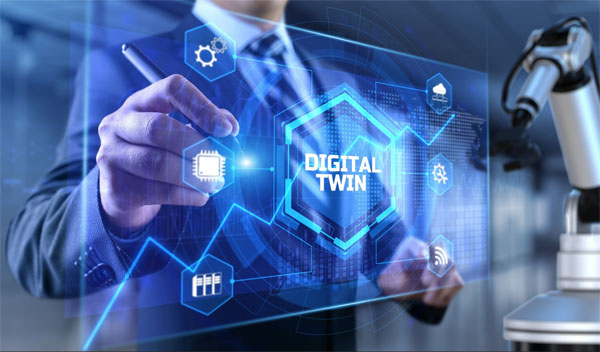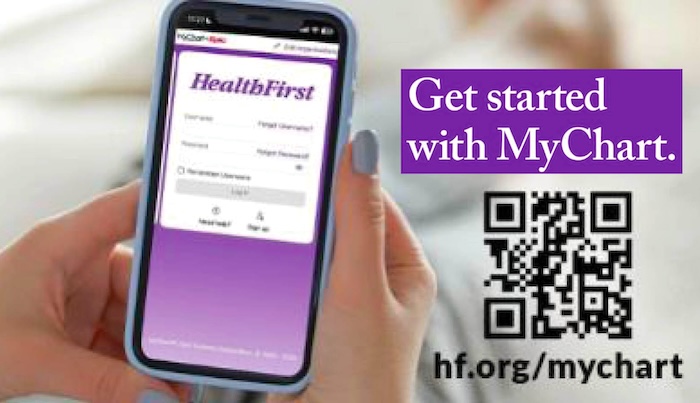AI Twins Explained: What You Need To Know About Digital Doubles
By Space Coast Daily // November 20, 2024

Have you ever wondered what it would be like to have a digital twin? One who’s so good at making decisions and predicting outcomes it could turn your life around?
This idea is turning into a reality as artificial intelligence (AI) and other technologies are moving at unmatched speed. Such advancements are changing how we interact and use different platforms to improve ourselves and reshape business processes across various industries.
This article takes a close look at AI twins and digital doubles, exploring their basic concepts, how they work, and the essential considerations before implementing one.
How the Technology Works
Digital twin technology combines AI with other platforms like the Internet of Things (IoT), cloud computing, and extended reality.
IoT uses sensors to create a digital representation of a physical asset and prepares it for manipulation. It’s projected that 90% of IoT devices will have digital twinning capabilities by 2027. At the same time, the cloud allows secure storage and accessibility of data while extended reality bridges the gap between the physical and virtual worlds. (1)
Your AI twin is basically a virtual representation of yourself using AI and machine learning (ML) models. To achieve this, platforms like Foxy gather real-time insights through various sources: your online activities, biometric data, behavioral patterns, and daily routines. These datasets are then processed through predictive analytics that make your virtual representations increasingly accurate over time.
Think of your AI twin technology as a digital doppelganger that analyzes your behaviors, preferences, and decision-making patterns. Moreover, it uses natural language processing and more complex algorithms to evolve and adapt based on the real-time data it receives.
Real-World Applications
Use cases for AI twins vary from personal to industrial applications. As AI and ML can be tailored to specific functions, this technology offers a wide range of possibilities—all aimed at optimizing how businesses and humans operate. For example:
Improving Social Connections
Social platforms that use this technology can make every content creator’s dream a reality. Think of it as a digital doppelganger that analyzes your actions, preferences, and decision-making patterns. With it, creators like Abigail Ratchford can upload content and connect with their subscribers realistically—without the hassles of manual tasks. Imagine a digital version of yourself that can think and make decisions as you would. Talk about seeking social connections with less effort and frustration.
Personal Development
You can use a digital double to increase self-awareness. With AI’s predictive capabilities, you can pinpoint areas for personal and professional improvement. For example, you can make adjustments to your routine or identify opportunities for learning and skill enhancement. More importantly, it can help you make more purposeful decisions as you test different approaches and pick one that aligns best with your goals.
Enhancing Healthcare
Forward-thinking doctors are creating AI twins of patients to simulate treatment outcomes before applying them in real life. They recreate a virtual representation of your body or any of its affected parts to test different medications and treatments. Using generative AI and its predictive capabilities, they can significantly personalize treatment modalities, minimize risks, and improve success rates. This also reduces the need to use laboratory animals for testing.
Simplifying Product Development
Manufacturing companies are implementing digital twin technology for their physical assets and production lines. In doing so, they can optimize business processes, predict maintenance needs, and modify their product’s features before creating a prototype. This capability saves millions in potential downtime, equipment failure, and waste from non-working or defective products.
Digital twin technologies are still in their early stages, but industry leaders are already excited about the possibilities. Global consulting firm McKinsey estimates that the market for this platform will reach USD$73.5 billion by 2027, reflecting an accumulated 60% growth in the next five years. On top of personal development and medical and manufacturing applications, it’s currently being used in urban planning to test infrastructure changes and mitigate the impacts of pollution. (2)

Challenges and Considerations
While AI holds limitless possibilities, it’s important to acknowledge the challenges that come with it. Individuals and organizations must carefully hurdle through these to ensure they’re putting the tool to good use:
■ Technical hurdles: Developing precise digital replicas demands extensive computational resources and sophisticated infrastructure. Some organizations might struggle with integrating legacy systems with new digital twin platforms, which leads to compatibility issues and data silos.
■ Maintaining data quality: The foundation of any successful AI implementation depends heavily on the quantity and quality of data available. Businesses need to collect, clean, and maintain vast amounts of real-time data from multiple sources. Moreover, strong data governance frameworks must be established for consistency and reliability. (3)
■ Privacy and security concerns: Companies developing AI twins must implement sophisticated encryption methods and strong security protocols. As a user, you also have to stay informed about how the company manages your data.
■ Ethical considerations: Ownership rights over AI twin data and the extent to which these virtual representations can make autonomous decisions have also been raised. As are the potential for misuse or manipulation and who is accountable in such situations. (3)
■ Scalability: Organizations must ensure their implementation remains relevant and adaptable even as this technology evolves. This requires regular updates and upgrades. Sometimes, it might call for a complete overhaul of your existing systems. It helps to create flexible architectures that can adapt to future advances while maintaining current functionalities.
Your success in this futuristic platform lies in careful planning, proactive strategies, and understanding its limitations and potential. Only by addressing these challenges while maintaining ethical standards can an organization optimize its benefits.
How To Get Started
Individually, you can start small when exploring this technology. Begin with platforms that offer basic digital twin capabilities in specific areas. Try health monitoring, professional development, and entertainment, for example.
One must think about how AI twins can enhance their personal growth and not just use the platform to make money. Pay attention to data privacy policies and choose reputable providers who are transparent about their AI implementation and data handling practices.
Final Thoughts
AI twin platforms offer boundless opportunities for personal and business growth. However, you have to prepare well, understand their potential issues and limitations, and address them accordingly. It’s crucial to balance innovation with ethical considerations and practical implementation. This may take a steep learning curve, but with the right approach, you can make your digital double your most valuable asset in successfully traversing the digital future.
References
1. “Digital twin: Benefits, uses cases, challenges, and opportunities”, Source: https://www.sciencedirect.com/science/article/pii/S277266222300005X
2. “What is digital-twin technology?”, Source: https://www.mckinsey.com/industries/industrials-and-electronics/our-insights/digital-twins-the-key-to-smart-product-development
3. “Q&A: Stanford engineers discuss digital doubles”, Source: https://news.stanford.edu/stories/2023/09/qa-stanford-engineers-discuss-digital-doubles












